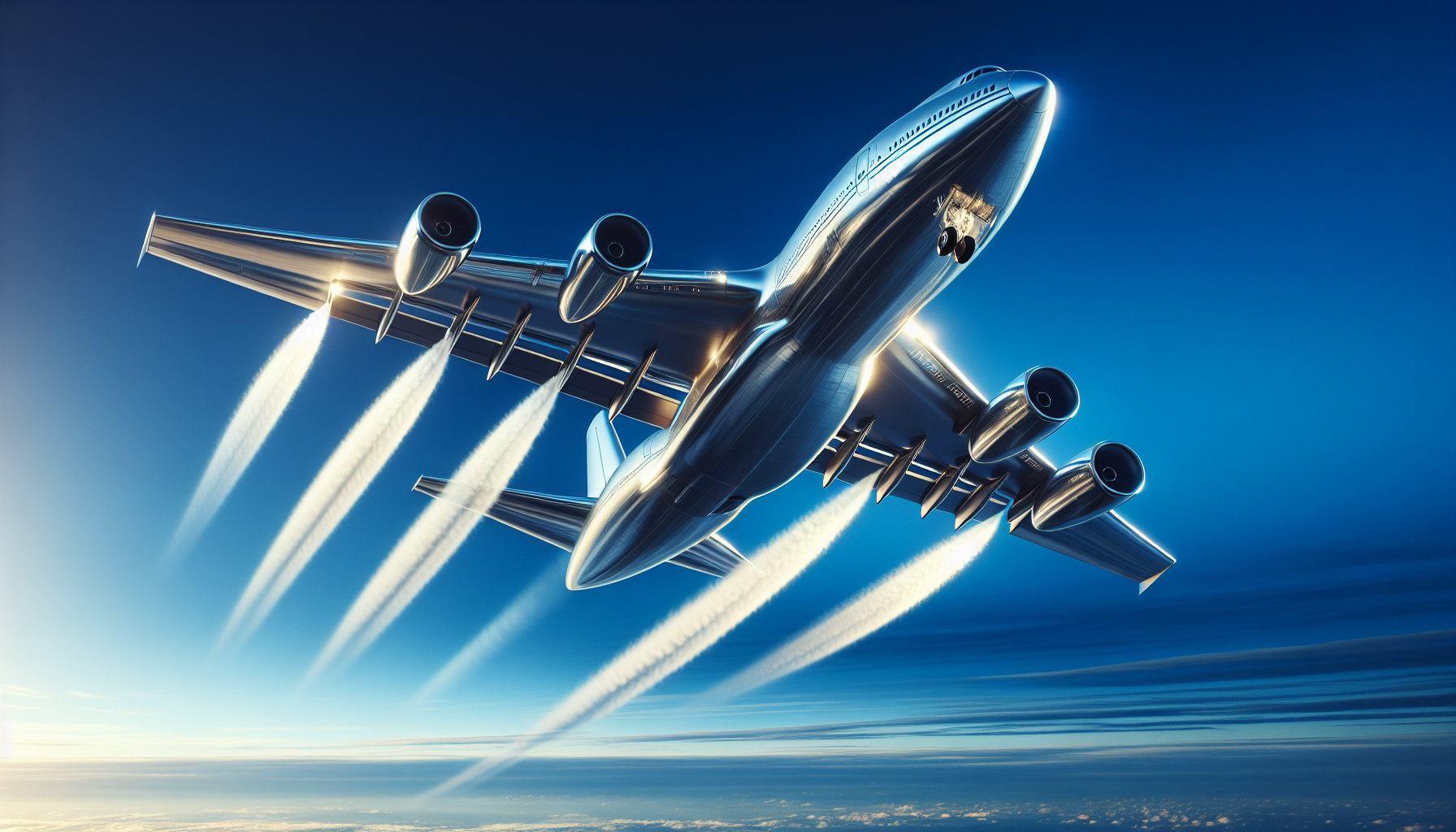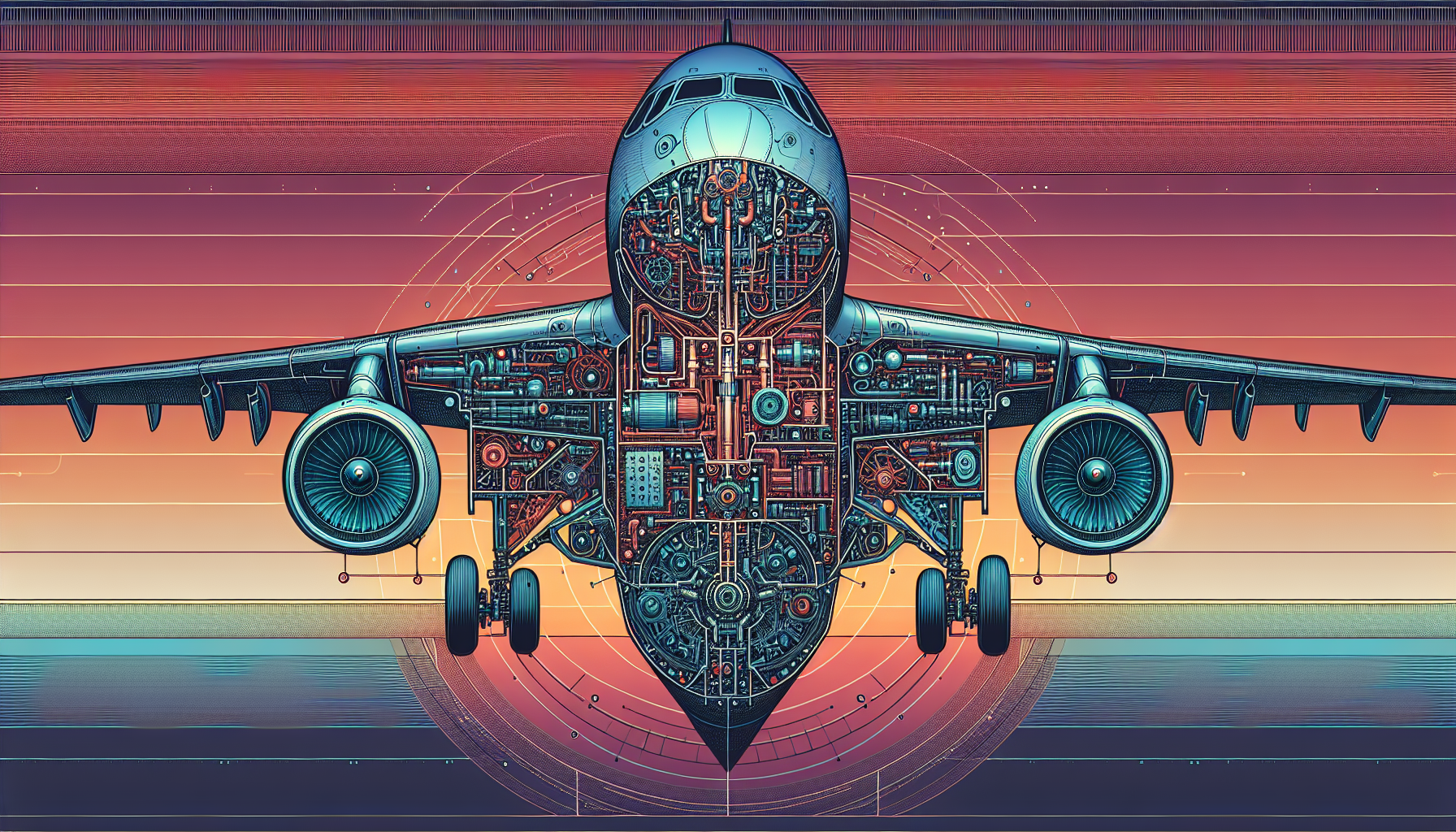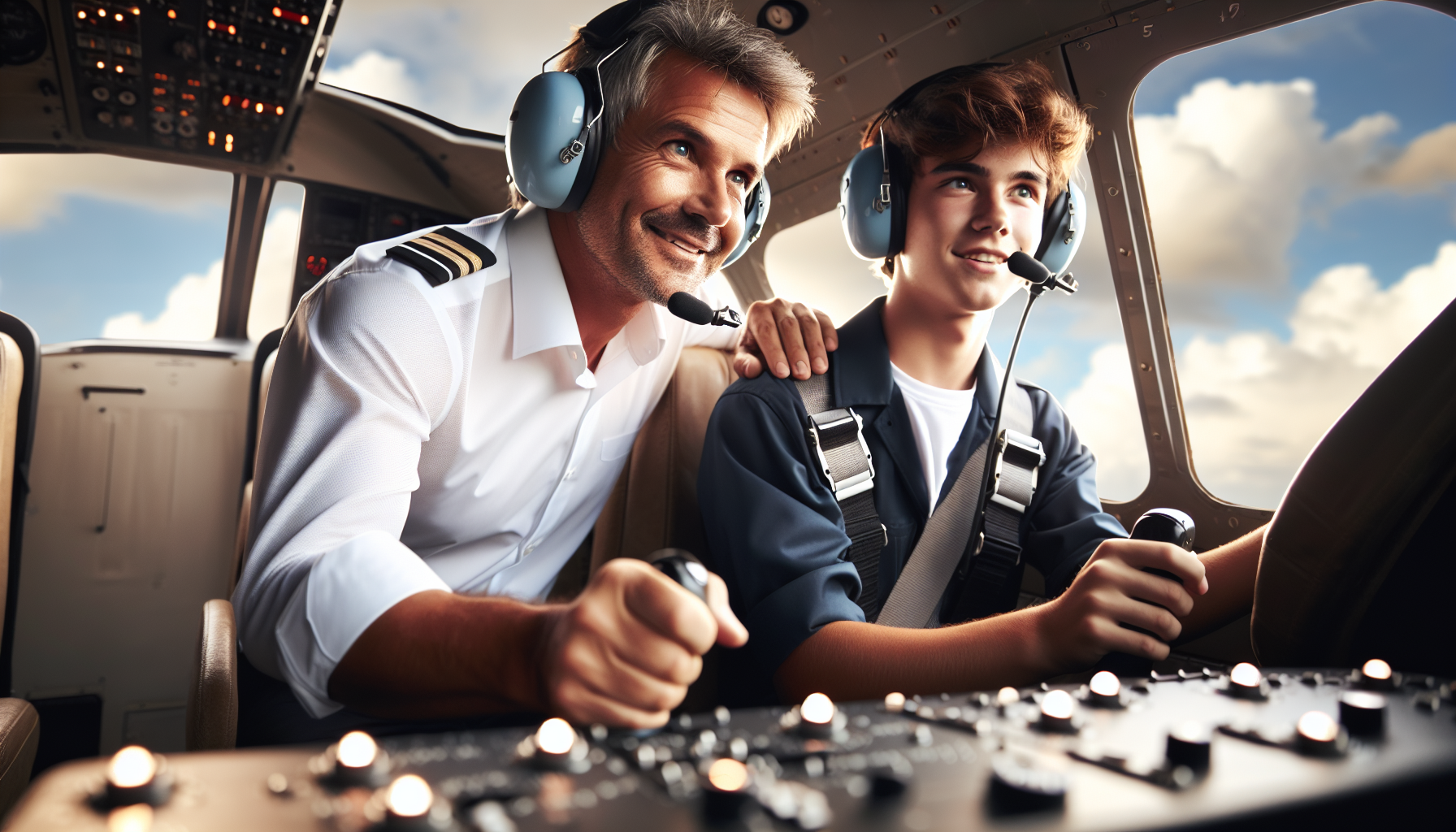Essential Multi Engine Rating Requirements for Aspiring Aviators
Feb 27, 2024
Are you an aspiring aviator looking to expand your horizons and improve your flight capabilities? Earning a multi-engine rating can open up an array of opportunities, from flying larger, more complex aircraft to boosting your career prospects as an airline pilot. In this blog post, we will guide you through the essentials of obtaining a multi-engine rating and provide an in-depth look at the training process, including the multi engine rating requirements.
Key Takeaways
-
Understand the essentials of a multi-engine rating and prerequisites for obtaining it.
-
Gain hands on experience in flight instruction, meet medical fitness requirements & prepare for checkride to prove proficiency.
-
Learn engine management techniques, unique failure scenarios & consider accelerated program options to obtain rating faster.
Understanding Multi Engine Rating Essentials

For pilots seeking to advance their skills, a multi-engine rating is a valuable addition to their qualifications. This certificate permits pilots to:
-
Operate multi-engine airplanes
-
Open up new career avenues, such as becoming an airline pilot
-
Fly a variety of commercial or private aircraft
-
Move beyond single-engine planes to larger, more complex multi-engine aircraft
The training pathway to multi-engine mastery consists of three key stages: ground training in systems and aerodynamics, hands-on flight instruction, and checkride preparation to demonstrate proficiency for the practical test. We will further detail the prerequisites for obtaining a multi-engine rating.
Prerequisites for Multi Engine Rating
Before beginning multi-engine flight training, understanding the prerequisites is necessary. To get an add-on rating like a multiengine rating, the conditions to meet are same as those of getting a private or commercial pilot certificate. All requirements remain unchanged. There is no additional knowledge test required for pilots to operate aircraft with more than one engine.
Prior Experience and Certifications
To add a multi-engine rating to a private pilot certificate, an individual must meet the following requirements:
-
Proficient in English
-
At least 16 years of age
-
Passed at least a third-class medical exam
-
Completed the necessary flight training while demonstrating proficiency in multi-engine aircraft performance.
Take into account that a multi-engine rating is classified as an “add-on” rating.
Medical Fitness and FAA Medical Certificate
Obtaining an FAA medical certificate is another important prerequisite for multi-engine flight training. This certificate is required for pilots to exercise the privileges of a private pilot license, and they cannot solo an airplane without it. The FAA medical certificates are divided into three classes:
-
First Class: This class is for pilots who intend to exercise the privileges of an airline transport pilot license.
-
Second Class: This class is for pilots who intend to exercise the privileges of a commercial pilot license.
-
Third Class: This class is for pilots who intend to exercise the privileges of a private pilot license.
The requirements for each class depend on the pilot’s intended flying duties, including their role as the pilot in command.
The FAA medical examination includes tests for:
-
Vision
-
Hearing
-
Blood pressure
-
Pulse
-
Urine
-
General health
These assessments are administered by an FAA-designated Aviation Medical Examiner (AME). Renewal requirements for the FAA medical certificate vary based on age, with individuals under 40 needing renewal every 60 months, and those over 40 requiring renewal every 24 months.
The Flight Training Pathway to Multi Engine Mastery
Having covered the prerequisites, we will now detail the flight training process for obtaining a multi-engine rating. This process involves three main stages: ground training, focusing on systems and aerodynamics, flight instruction for hands-on experience, and finally, checkride preparation to prove proficiency.
The primary emphasis of flight instruction for the multi-engine rating is maintaining control and responding appropriately in the event of an engine failure. Typically, around 10 hours of flight training is required to obtain a multi-engine rating, although there is no specified minimum training time mandated by the regulations.
Ground Training: Systems and Aerodynamics

Ground training is an essential component of multi-engine flight training, providing pilots with a comprehensive understanding of multi-engine systems and aerodynamics, as well as multi engine training. During classroom lessons, pilots will learn about topics such as:
-
Aircraft systems
-
Principles of flight
-
Multi-engine aerodynamics
-
Engine failure scenarios
Key principles of aerodynamics that multi-engine trainees should be aware of include:
-
Lift and Bernoulli’s principle
-
Drag
-
Thrust
-
Stability and control
-
Center of gravity
-
Engine-out procedures
This foundational knowledge will serve as the building blocks for pilots to advance their skills in multi-engine aircraft operation.
Flight Instruction: Hands-On Experience

Flight instruction is the stage where aspiring pilots gain hands-on experience in multi-engine aircraft under the guidance of an authorized instructor. This practical experience is critical for developing the necessary abilities and understanding to operate multi-engine aircraft securely and proficiently. During flight instruction, pilots will practice engine failures, recognize and respond to dead engines, and become familiar with the increased power, speed, and performance of multi-engine aircraft.
The multi-engine rating program requires flight training on normal and emergency multi-engine aircraft operations and maneuvers. Knowledge of these topics is necessary to successfully complete the program. Pilots will also practice instrument approaches with both engines operating, as well as on a single engine, to increase competency in executing instrument approaches.
Checkride Preparation: Proving Proficiency
Before taking the multi-engine checkride, pilots must prepare thoroughly to demonstrate their proficiency in operating multi-engine aircraft. This involves:
-
Reviewing the specific aircraft’s systems, limitations, and emergency procedures
-
Studying the multi-engine oral guide
-
Practicing flying with a focus on multi-engine operations, including engine-out procedures and asymmetric handling.
During the multi-engine checkride, pilots will be evaluated on the following:
-
Their knowledge of aircraft systems
-
Their understanding of the forces influencing the aircraft during flight
-
Their engine management and operation proficiency
-
Their ability to execute emergency procedures and engine failures
By effectively preparing for the checkride, pilots can demonstrate their readiness and proficiency in operating multi-engine aircraft.
Key Components of Multi Engine Aircraft Operation
To safely and efficiently operate multi-engine aircraft, pilots must master several key components of multi-engine aircraft operation. These include:
-
Mastering engine management
-
Being aware of the common difficulties in multi-engine aircraft engine management
-
Familiarizing themselves with the specific techniques used for engine management.
Multi-engine aircraft are more complex than single-engine ones. On most multi-engine aircraft, this complexity is increased due to features such as retractable landing gear, flaps and controllable pitch propellers. As a result, pilots must be able to navigate the intricacies of multi-engine systems and be prepared for unique engine failure scenarios that may arise.
Mastering Engine Management
Engine management is a key aspect of operating multi-engine aircraft, as it enables pilots to effectively manage and optimize the performance of multiple engines, ensuring safe and efficient operation. This includes:
-
Managing fuel distribution among the engines
-
Adjusting throttle settings of each engine
-
Selecting propeller and engine settings, such as feathering the propeller in the event of engine failure.
Some essential components of engine management in multi-engine aircraft include:
-
P-Factor (asymmetric thrust)
-
Accelerated slipstream
-
Spiraling slipstream
-
Torque
-
Counter-rotating engines
-
Gross weight
-
Density altitude
-
Engine condition
-
Precise airspeed control
-
Seamless control manipulation
By mastering these aspects of engine management, pilots can safely and effectively operate multi-engine aircraft in various conditions.
Handling Unique Engine Failure Scenarios
Operating multi-engine aircraft presents unique challenges, particularly in the event of engine failures. Although these malfunctions are possible, they are considered uncommon occurrences.
To handle these unique engine failure scenarios, pilots must be trained in Vmc procedures for engine failure in multi-engine aircraft, practice engine out procedures, and understand how to identify which engine has failed. Furthermore, pilots must be trained in loss of power management when one engine ceases operation.
Accelerated Program Options for Busy Aviators
For aviators with restricted time to obtain their multi-engine rating, there are accelerated program options. These programs are designed to cater to the needs of busy aviators while still providing comprehensive and effective training.
Accelerated programs often incorporate supplemental training on procedures, systems, and maneuvers using simulators, which can be more time-efficient than traditional training methods. These accelerated programs can help pilots obtain their multi-engine rating in a shorter timeframe without compromising the quality of their training.
Summary
Obtaining a multi-engine rating is a significant accomplishment for any aspiring aviator and can open up new opportunities in both commercial and private aviation. By understanding the essentials of multi-engine rating requirements, mastering the key components of multi-engine aircraft operation, and navigating the flight training pathway, pilots can enhance their skills and expand their horizons in the world of aviation. So, take the plunge and start your journey towards multi-engine mastery today!
Frequently Asked Questions
What is needed to get a multi engine rating?
To obtain a multi engine rating, you must be 18 years of age and hold a current medical certificate. Additionally, you must receive Multi-Engine Ground and Flight Instruction, followed by a successful flight test.
Do you need a high performance endorsement for multi engine?
Yes, you need a high performance endorsement for multi engine airplanes since any engine with more than 200 horsepower is considered “high-performance.”
What is the minimum hours for multi engine?
The FAA does not specify a minimum number of hours required to receive a multi-engine rating; however, most pilots will need approximately 10 hours of flight training to reach the proficiency needed to pass the practical test.
Do you need multi engine rating for CPL?
No, you do not need to obtain a multi engine rating if you are seeking a Commercial Pilot (CPL) certification. However, if you don't have the multi engine rating before getting the commercial license, you won't be able to be paid for flying multi engine aircraft. It is advised to get the multi engine rating before the commercial license as it is easier, less expensive, and less time consuming in this order.
What are the main benefits of obtaining a multi-engine rating?
Obtaining a multi-engine rating enables pilots to fly a variety of commercial or private aircraft, including larger, more complex multi-engine airplanes. It can also lead to greater career opportunities, such as becoming an airline pilot.
